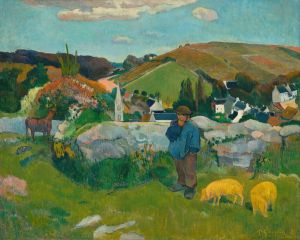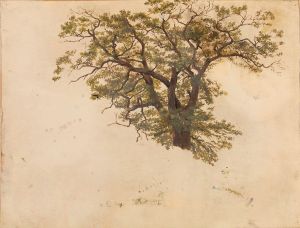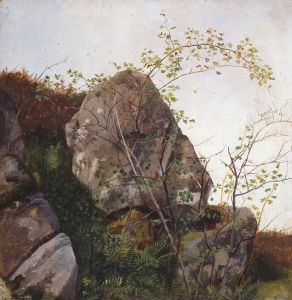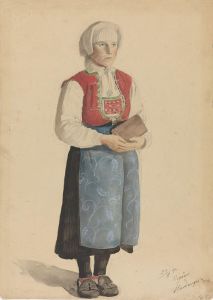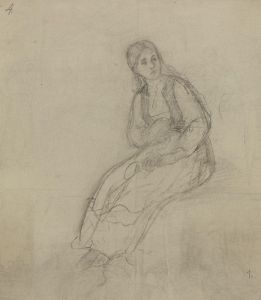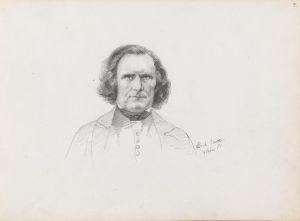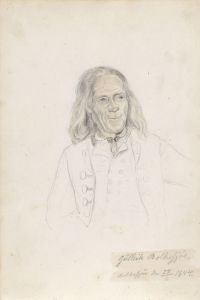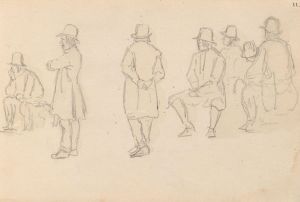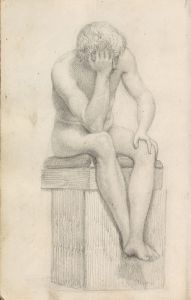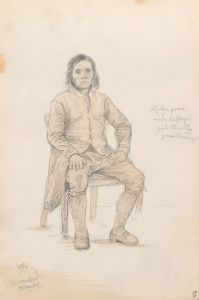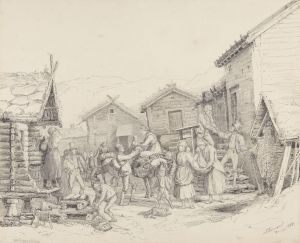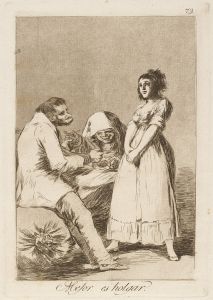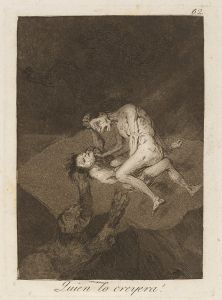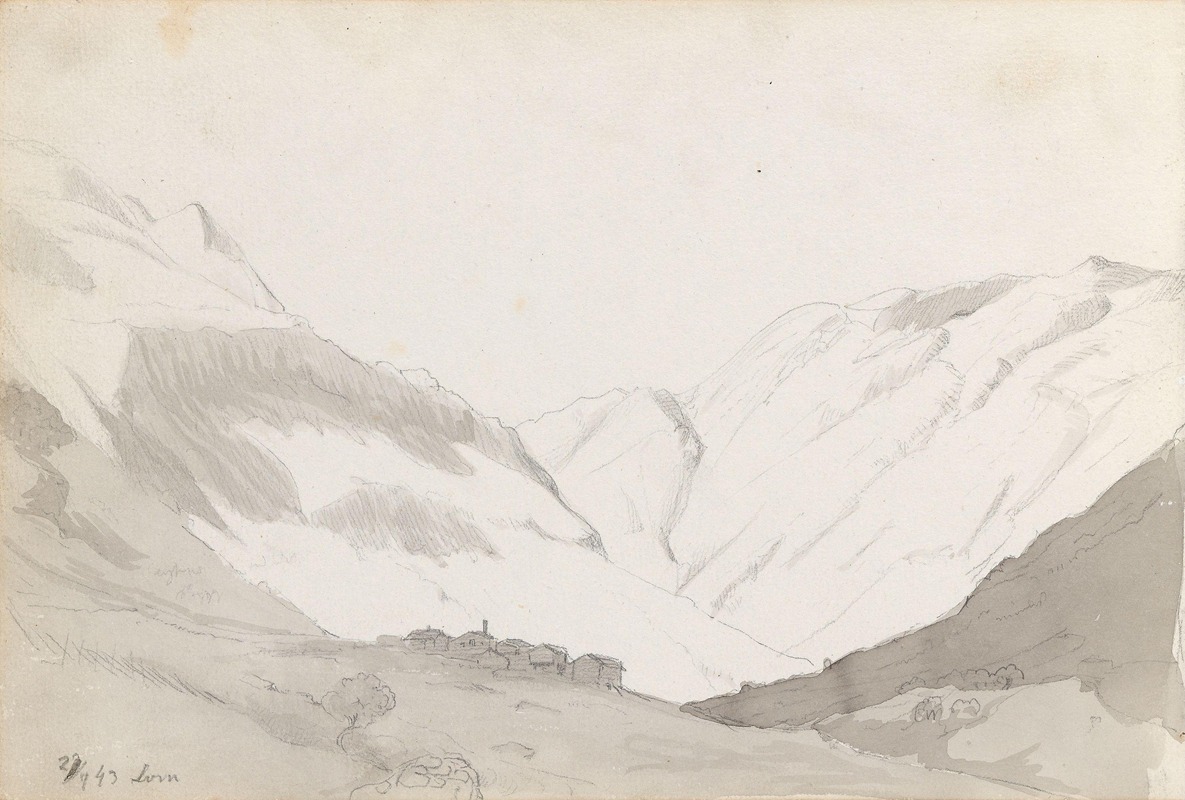
Fra Lom
A hand-painted replica of Adolph Tidemand’s masterpiece Fra Lom, meticulously crafted by professional artists to capture the true essence of the original. Each piece is created with museum-quality canvas and rare mineral pigments, carefully painted by experienced artists with delicate brushstrokes and rich, layered colors to perfectly recreate the texture of the original artwork. Unlike machine-printed reproductions, this hand-painted version brings the painting to life, infused with the artist’s emotions and skill in every stroke. Whether for personal collection or home decoration, it instantly elevates the artistic atmosphere of any space.
Adolph Tidemand's painting "Fra Lom" is a notable work by the Norwegian artist, who is renowned for his contributions to the national romantic movement in Norway during the 19th century. Tidemand, born on August 14, 1814, in Mandal, Norway, is celebrated for his detailed and evocative depictions of Norwegian rural life and traditions. His works often reflect a deep appreciation for the cultural heritage and landscapes of Norway, capturing the essence of the country's identity during a period of burgeoning national consciousness.
"Fra Lom," which translates to "From Lom," is one of Tidemand's many paintings that focus on Norwegian rural scenes. Lom is a municipality in the Gudbrandsdal region of Norway, known for its stunning natural beauty and historical significance. The area is characterized by its dramatic landscapes, including mountains, valleys, and traditional wooden architecture, which have long been a source of inspiration for artists and writers.
In "Fra Lom," Tidemand employs his characteristic attention to detail and ethnographic interest to portray a scene that is both realistic and idealized. His work is known for its meticulous representation of traditional Norwegian costumes, architecture, and customs, which are evident in this painting. Tidemand's ability to capture the nuances of light and shadow, as well as his skillful use of color, bring the scene to life, offering viewers a glimpse into the everyday life of 19th-century rural Norway.
Tidemand's paintings, including "Fra Lom," are often seen as visual documents of Norwegian culture during a time when the country was seeking to establish a distinct national identity. His work played a significant role in the national romantic movement, which sought to celebrate and preserve Norway's unique cultural heritage in the face of increasing modernization and globalization. By focusing on rural life and traditional customs, Tidemand's art helped to foster a sense of pride and continuity among Norwegians.
Throughout his career, Tidemand collaborated with other artists, most notably Hans Gude, with whom he created several famous works. While Gude often focused on landscapes, Tidemand concentrated on the human element, resulting in a harmonious blend of nature and humanity in their joint paintings. Although "Fra Lom" is a solo work by Tidemand, it shares the same spirit of collaboration between man and nature that characterizes much of his oeuvre.
Adolph Tidemand's influence extends beyond his paintings; he was instrumental in shaping the perception of Norwegian culture and identity during a pivotal time in the nation's history. His works are housed in various museums and collections, both in Norway and internationally, where they continue to be appreciated for their artistic merit and cultural significance.
In summary, "Fra Lom" by Adolph Tidemand is a quintessential example of the artist's dedication to portraying Norwegian rural life with authenticity and reverence. Through his detailed and culturally rich paintings, Tidemand has left an indelible mark on the art world and contributed significantly to the preservation and celebration of Norway's national heritage.






